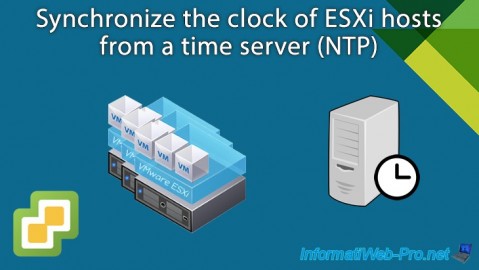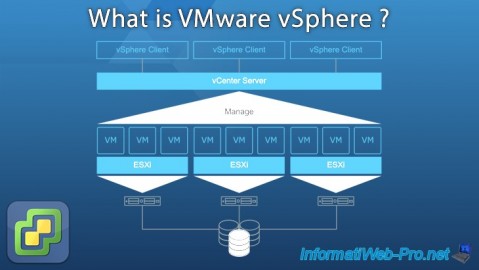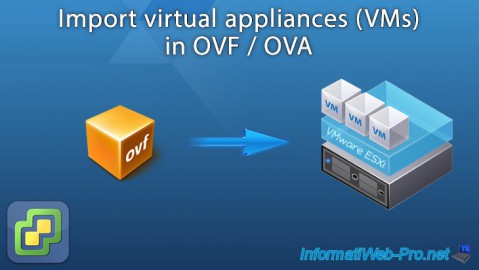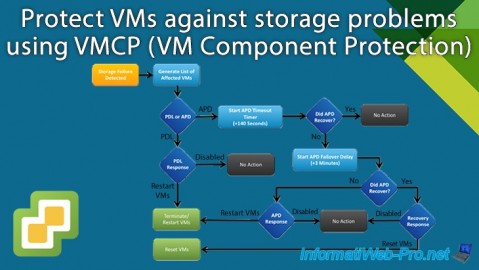Use real (PMem) or simulated (vPMem) persistent memory on VMware vSphere 6.7 via virtual disks
- VMware
- VMware vCenter Server (VCSA), VMware vSphere
- 07 February 2025 at 08:31 UTC
-

- 2/4
3. Installing the guest operating system
Start this new virtual machine.

As you can see, although the Windows 8.1 installer (in our case) does not support the use of vPMem (virtual persistent memory), it detects our virtual hard disks well.
As you will probably have understood, this is due to the fact that Windows 8.1 appears to see a standard SCSI hard drive (despite the fact that its data will be physically stored in the host's persistent memory).
Select the 1st hard drive and click Next.
Reminder: if you are using simulated persistent memory (PMem), this means that the contents of the 2nd hard drive (referenced as PMem below) will be erased when your VMware ESXi host is shut down or restarted.

Wait while the guest operating system installs.

Next, install VMware Tools as you normally would.

4. Partition the persistent memory (PMem) disk
Once VMware Tools is installed, right-click "Manage" on "This PC".

In the "Computer Management" window that appears, go to the section: Disk Management.
As you can see, a disk appears with the status "Uninitialized".
As a result, Windows directly asks you to initialize this disk.
To initialize this disk, you will have to choose between:
- Primary boot sector: in other words, the classic MBR. Which is preferable in terms of compatibility with different tools.
- GPT partition (GUID Partition Table): this is mainly used for booting on a compatible OS via EFI and/or for supporting disks with a capacity greater than 2 TB (but this will not happen with PMem).

The disk has been initialized.
As you can see, Windows 8.1 recognizes this disk as a local hard disk.

To be able to store data there, right-click "New Simple Volume" on its unallocated space.

Leave the size specified as default to create a single partition on this entire disk.

Specify "vPMEM" as the volume name (for example).

The volume "vPMEM" has been created.

If you open file explorer, you will see your new "vPMEM" partition appear.

Right-click "Properties" on this disk in Disk Management.

As you can see, the guest operating system sees this disk as a simple virtual SCSI hard disk: VMware Virtual disk SCSI Disk Device.

If you go to the "Volumes" tab, you will see your "vPMEM" volume (partition) appear.

Share this tutorial
To see also
-

VMware 3/13/2024
VMware ESXi 6.7 - Synchronize the clock of ESXi hosts from a time server (NTP)
-

VMware 2/9/2024
VMware ESXi 6.7 - What is VMware vSphere ?
-

VMware 8/26/2022
VMware ESXi 7.0 / 6.7 - Import VMs from OVF / OVA format
-

VMware 3/12/2025
VMware vSphere 6.7 - Enable VMCP on a VM in a cluster

No comment